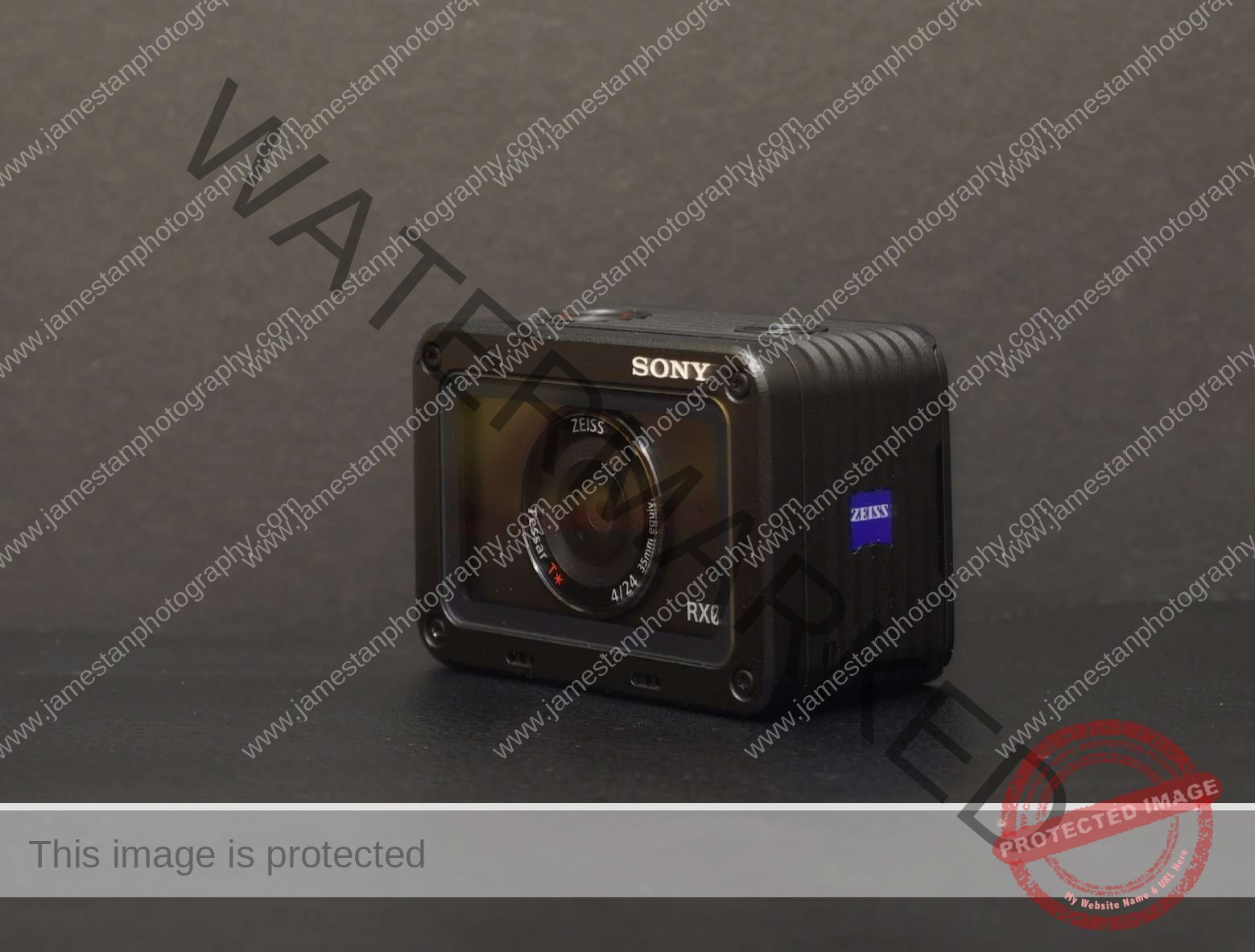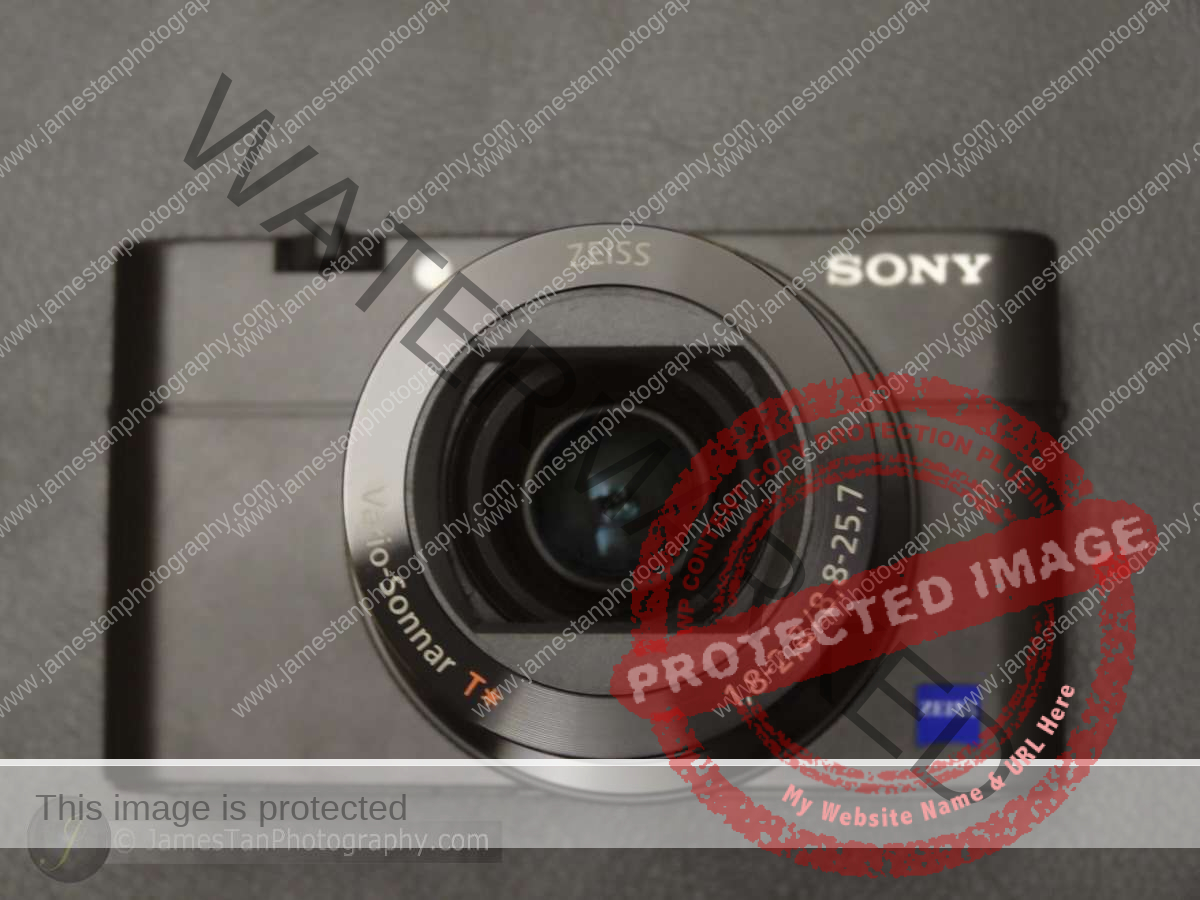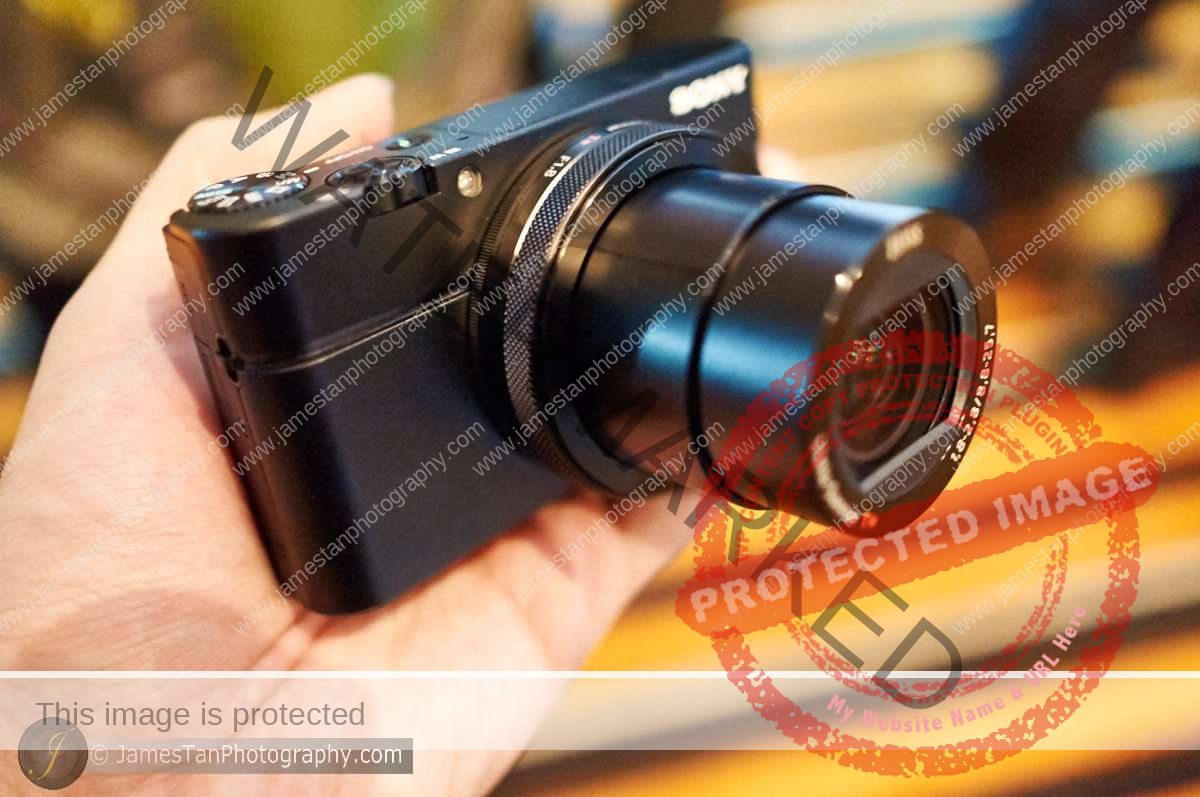point-and-shoot

Sony RX100 V
Last Updated On
Sony RX100V is a pocket-size 1-inch sensor camera with an AF speed that could outperform a typical APS-C or even a full-frame camera. Let’s check out its AF performance and other amazing features!

Sony RX1R II
Last Updated On
A palm-size compact full-frame camera with 42MP high resolution and 35mm F2 fixed prime lens! Let’s check it out now!




